First, a lot of that ringing probably isn't actually present. The very high frequency components are making the scope show common mode bounce as differential mode signal.
Second, all switching power supplies will have switching noise on their output. Some of this will contain high frequencies. Linear regulators may have impressive input rejection specs, but that is done with active electronics with a finite bandwidth. The new input rejection is only valid for low frequencies, like a few 10s of kHz. That is why it's standard practise to preceed a linear regulator with a ferrite bead (chip inductor) when the input voltage is coming from a switcher. The chip inductor and regulator input cap need to be physically close, the loop kept small, and the loop currents carefully considered in layout. You don't want those high frequency loop currents running accross the main ground plane.
Added:
I didn't notice that the second supply was a switcher too, but that doesn't really change anything. The high frequencies from the first switcher pulse edges are apparently making it thru the second supply whether linear or not. Try the chip inductor followed by cap straight to the ground of the second supply, not the general ground. This of course needs to be a ceramic cap, as big as reasonable for the voltage. A second smaller cap with better high frequency response might help a little too.
About common mode ground bounce. The ground is no longer a single lumped node at high frequencies, and not all at the same potential as a result. Sometimes whole sections of ground and power together can experience common mode bounce. However, what I was referring to was this common mode bounce in the scope. High frequency common mode signals can show up as differential mode signals. Dave, this was a lot of the problem in your similar question, and is likely part of the answer here too. Remember how things looked a lot better when you connected the scope probe directly to the output with a cap accross is and no place else. However in this case a downstream circuit is failing, so enough of the noise is real enough to be a problem.
I can't tell easily from the layouts what is actually routed where. One of the important things with switchers is to contain the large and high frequency loop currents. Make sure they don't run accross the main ground plane. Each switcher should have its own ground net, and that net should be tied to the main ground in only one place. That keeps the local currents local since only the net in or out current can flow thru the single connection point.
